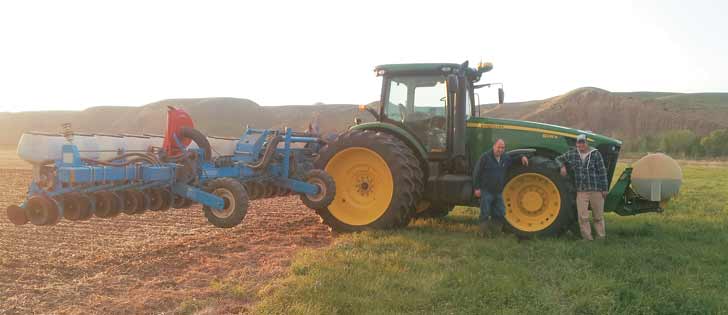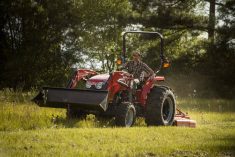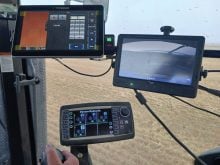Monosem handles canola | Trash cleaners push straw to the side, allowing the planter to seed between the rows
Yield isn’t the only criterion when comparing canola seeded with a hoe drill to canola seeded with a corn planter.
Growers who have conducted their own field-scale comparisons say they also look at seeding rate, crop health, crop uniformity and ease of seeding and swathing.
These factors are especially important if the field yield data indicates that canola seeded with a Flexi-Coil hoe drill provides the same yield as canola seeded with a Monosem corn planter, according to Tony Bos.
The seed grower from Coaldale, Alta., said his irrigated commercial canola yielded 55 to 58 bushels per acre last year. This year, his irrigated commercial canola yielded 65 to 68 bu.
Read Also

Growing garlic by the thousands in Manitoba
Grower holds a planting party day every fall as a crowd gathers to help put 28,000 plants, and sometimes more, into theground
The difference between the two types of planting systems was virtually nil.
“We’ll never do that again. It wasn’t worth the money or effort. It took way too much time, and the accuracy of the RTK just wasn’t good enough.”
Bos said reducing seed costs is the biggest benefit from using a planter for canola.
As well, entire fields growing and maturing uniformly means fewer hangups at harvest.
“However, there was one year I recall that we had a tremendous amount of straw. I think the Monosem was the only way we could have seeded canola in a reasonable fashion that year,” said Bos.
“We have trash cleaners in front of the row units. They push straw off to the sides so the planter puts the seed into clean soil between the rows of straw. It gave us a real nice stand. If I had been using our normal air drill, I would have had all kinds of plugging issues.”
Trash management issues aside, Bos said any type of disc seeder is better than a hoe drill for small seeded crops, even in the most ideal conditions.
He thinks hoe drills move too much soil around, which plays havoc with seed placement uniformity.
A disc is better, he added, whether it’s on an air drill or a corn planter.
This year was Bos’s fourth crop with the 24-row Monosem. He previously had a 12 row John Deere corn planter but decided it wasn’t doing the job he expected.
“They (Deere) have a plastic metering disc that causes static electricity, so it’s not as accurate,” he said.
“This (Monosem) has a stainless steel disc, which doesn’t cause static to build up.”
When planting hybrid canola for seed, Bos puts down four rows of female seed and then one row of male seed. He lifts the outside two rows at each end of the planter so that he uses only 20 rows.
For commercial canola, he uses all 24 rows, which are on 22 inch centres. He admits being surprised that the Monosem has not given him a yield benefit.
“The crop looks so much better. It stands up better. It’s on 22 inch row spacing, so you look at the crop early in the season and you actually think you don’t have enough rows. But it’s always a good healthy crop.
“One year, we double seeded our commercial canola. We put the crop in with RTK (real-time kinematic). Then we turned around and moved over 11 inches and seeded again be-tween the first rows.


















